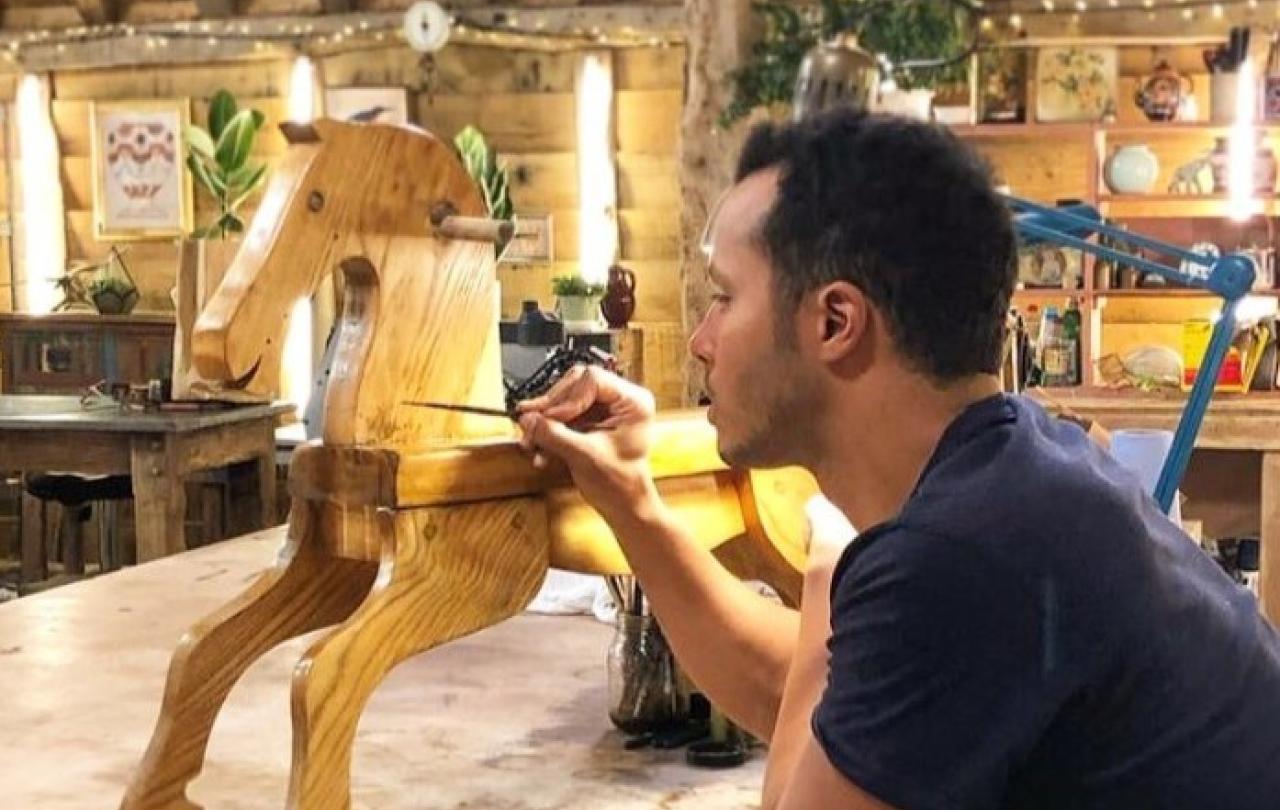One day in the future, reality TV shows, like The Repair Shop, will be relics themselves. Pored over by generations to come, eager to learn what we were like. But not all such shows are made equal. I hope The Repair Shop is treasured just like those teddy-bears. Why? Because it says so much about us today.
We are tiring with our throwaway culture – click, scroll and repeat. Things built to pass, made of materials that we cannot pronounce, and that nature cannot digest. Unforgettable one season later. Crafted often in upsetting conditions for workers, without fair pay, lunchbreaks or daylight. Our fondness for The Repair Shop is a quiet longing for things to be fixed both within and without. It is affection for those who are not with us now, an appreciation for craftsmanship and the resourcefulness in the face of waste. We are charmed by the craft of repair but why?
Suffice it to say the Millennial, Zillenial, Gen Z, Alpha, and Beta generations did not grow up in a ‘make do and mend culture’. I know my mother is sad I wear red and white snowflake Scandinavian handmade mittens with holes in them. I cannot line a curtain. We kind of all know that the repair culture that Boomers and beyond practiced has been lost. But we long for it to be revived again.
‘Humpty dumpty sat on the wall . . . all the king’s horses and all the king’s men couldn’t put humpty together again’. As children we know instinctively this is tragedy, a broken toy or person that cannot be fixed. Our preference for mending as a virtue, is instilled in us from a young age.
Mending things is satisfying and makes a positive contribution because the object can be used or admired in its full glory once again. It reduces waste by preventing us from buying new things and is therefore resourceful. Many of us ‘click and collect’ not just because of price but also convenience. There is deep satisfaction in salvaging something that you own or in having it restored with expert help when its beyond your ability.
Many of the things we buy now couldn’t make it to The Repair Shop because they wouldn’t survive being passed down. Things manufactured by machine, out of synthetic materials are not strong contenders for heirlooms of tomorrow. Visitors to The Repair Shop own something precious but durable and worthy of being restored by an expert.
Craftmanship is beautiful. Revealing what it takes to repair gives us deeper appreciation for it and the hands that made it. When we see what it took to ‘remake’ we foster respect for the skilfulness of the craft.
The intergenerational quality strikes a chord in a culture preoccupied with youthfulness and anti-aging. Often families come into the barn together and recall a fond memory of a loved one from another generation. The story behind the piece and the person it belonged to, is fascinating. Our affection and love for our grandparents and beyond is endearing and it is uplifting to see this fondness on screen.
Then there is the big reveal, the dust sheet is lifted and the artisan reveals the repaired masterpiece. If you make it to the end of the story the reward is to see the dramatic change. It can be emotional, at the end when the custodian sees the object restored. Emotions run high; there is joy, gratitude and a sense of satisfaction that the broken object is revived and the memory of the loved one lives on.






